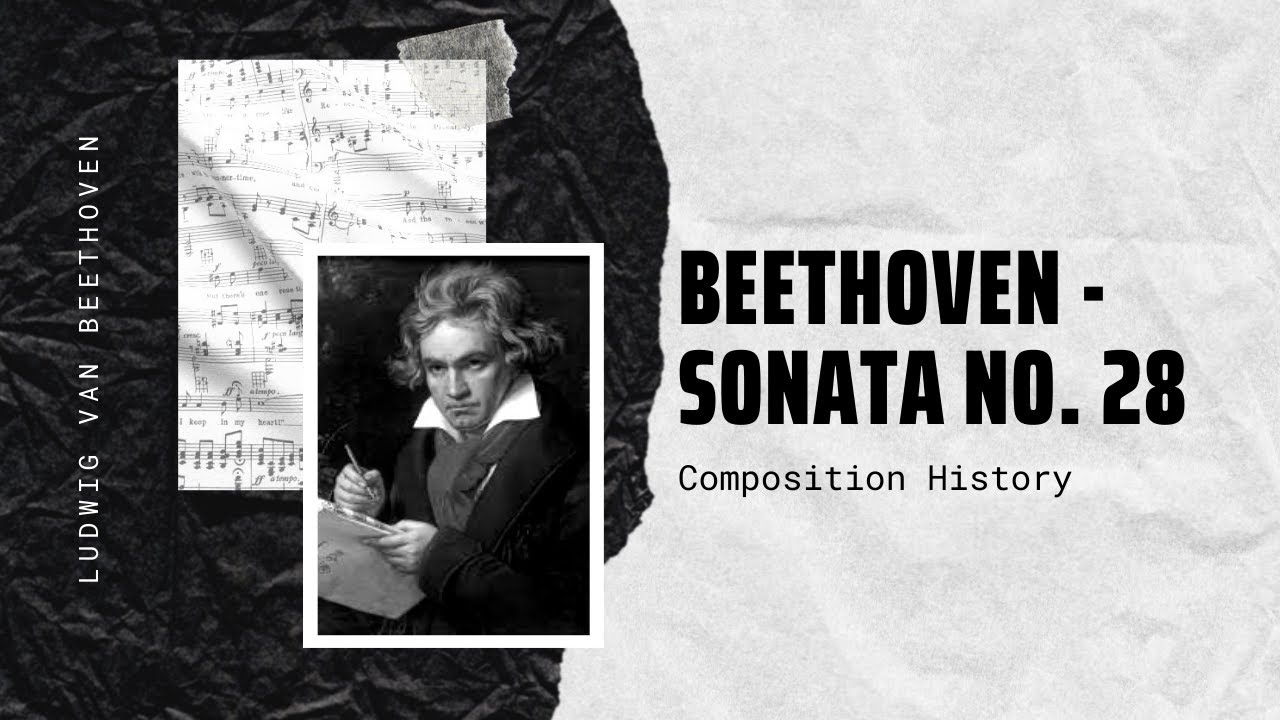
Chopin – Mazurka in A minor B 134
Frédéric Chopin wrote his Mazurka in A minor, B. 134, in 1840. It was published in 1841, and later is appeared as part of Six[…]

Mozart – Concerto for Piano and Orchestra No. 27
Mozart’s final piano concerto was entered into his thematic catalog in 1791, the year of his death. However, it appears that, like its immediate predecessor[…]

Relaxing Piano – Classical Piano Music for Relaxation
Classical music is art music produced or rooted in the traditions of Western culture, including both liturgical (religious) and secular music. While a more precise[…]

Fantaisie sur le Marche funebre de Chopin Op. 29
Fantaisie sur le Marche funebre de Chopin Op. 29 Hello! Welcome to Top Classical Music, the most comprehensive channel specializing in classical music. Here you will[…]

Beethoven – Sonata No. 25 Op. 79 in G
The Piano Sonata No. 25 in G major, Op. 79, a work in three movements, was written by Ludwig van Beethoven in 1809. It is[…]

Mozart – Concerto No. 16 in D for Piano
The Piano Concerto No. 16 in D major, KV. 451, is a concertante work for piano, or pianoforte, and orchestra by Wolfgang Amadeus Mozart. Mozart[…]

Beethoven – Sonata No. 28 in A Major Op. 101
Ludwig van Beethoven’s Piano Sonata No. 28 in A major, Op. 101, was written in 1816 and was dedicated to the pianist Baroness Dorothea Ertmann,[…]

Mozart – Piano Concerto No. 20 in D minor K 466 – Romance
The Piano Concerto No. 20 in D minor, K. 466, was composed by Wolfgang Amadeus Mozart in 1785. The first performance took place at the[…]

Beethoven – Sonata No. 16 in G Major Op. 31
Ludwig van Beethoven’s Piano Sonata No. 16 in G major, Op. 31 No. 1, was composed between 1801 and 1802. Although it was numbered as[…]

Mozart – Requiem in D minor K 626
The Requiem in D minor, K. 626, is a requiem mass by Wolfgang Amadeus Mozart (1756–1791). Mozart composed part of the Requiem in Vienna in[…]